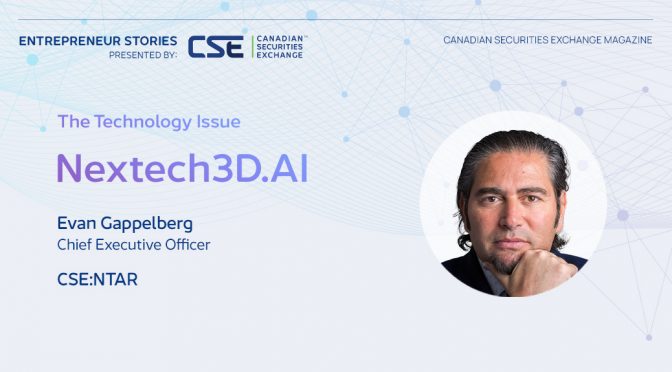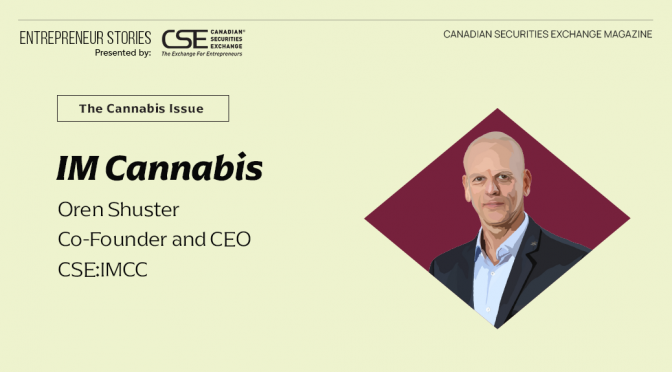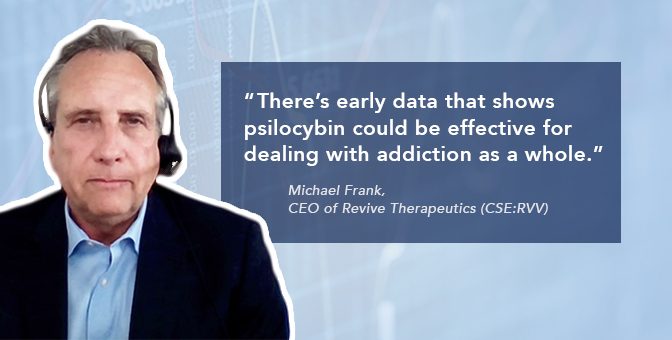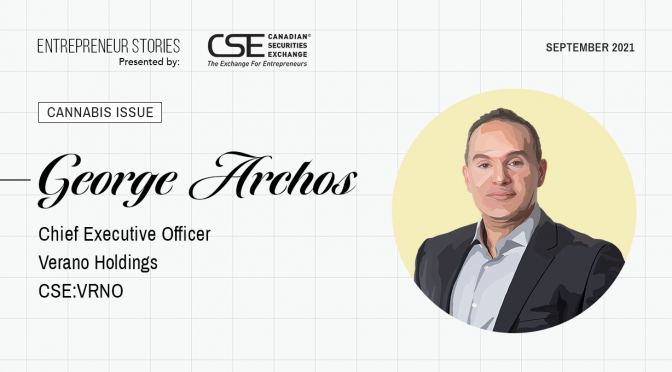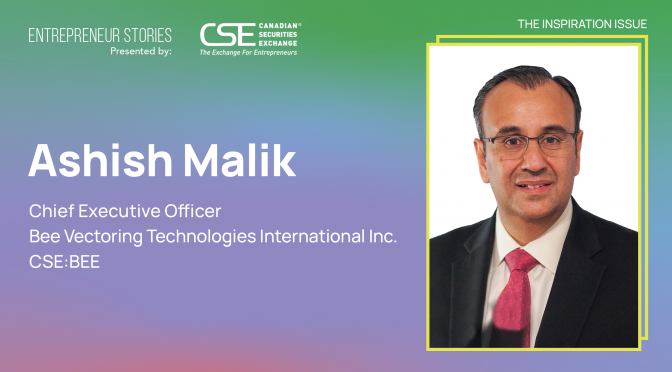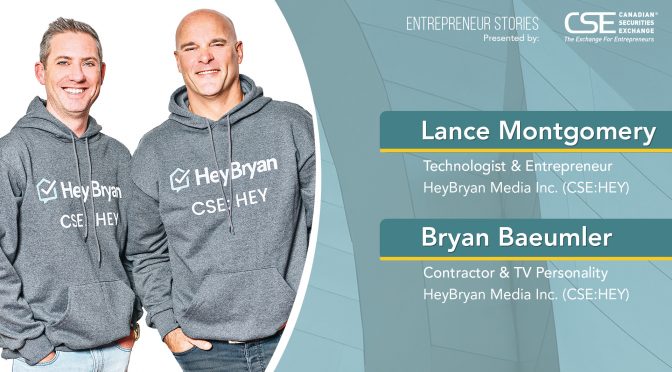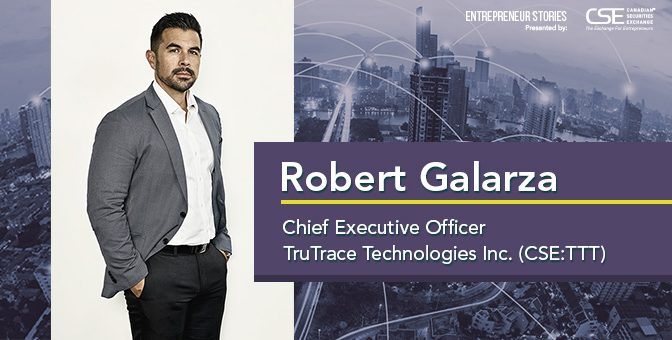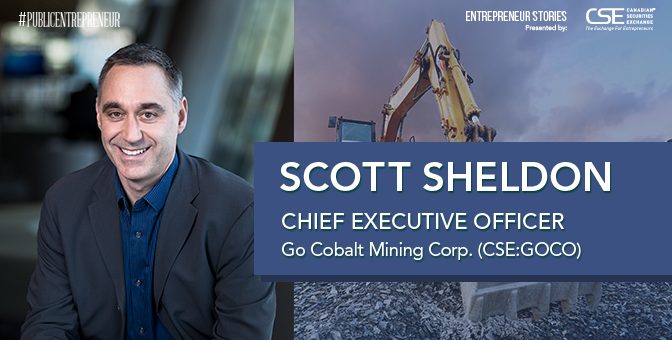They say that timing is everything, and it’s especially true when launching a new business.
In 2018, Wall Street veteran and serial entrepreneur Evan Gappelberg founded Nextech3D.AI (CSE:NTAR) on the idea that augmented reality (AR) and 3D modelling would become of central importance to e-commerce.
An astute technology trend spotter, Gappelberg’s Nextech3D.AI is the right company, in the right place, at the right time. Its diversified AR and AI technology is enjoying strong demand, particularly for 3D WebAR photorealistic models that online retailers use to market products more effectively.
The company has a major presence in the United States, among other markets, with a long list of high-profile clients ranging from Amazon to Kohl’s and Target.
Nextech3D.AI recently reported first quarter 2023 revenue of $1.3 million, up 40% sequentially, as 3D model revenue climbed 550% year over year.
Canadian Securities Exchange Magazine caught up with Gappelberg to talk about how Nextech3D.AI is riding breakthrough generative AI technology to become a player in the US$100 billion 3D modelling wave set to sweep through retail over the next decade.
You founded what is now Nextech3D.AI in January 2018 with a vision that AR/3D was going be a megatrend. It seems that everything has panned out exactly the way you saw it. How do you feel?
I feel vindicated! The pandemic in some ways derailed my vision. In other ways, it accelerated what was happening. It felt like we were first being pushed in another direction completely. But after the pandemic, once the dust had settled, it seemed like 3D and AR had moved into high gear. The demand started picking up and clearly things were moving faster than before the pandemic.
I feel pretty good coming up with the business idea back in 2018 and spotting the trend early — it is really exploding right now. With my decades of training on Wall Street, I can spot technology trends fairly early. I knew that AR/3D was going be a megatrend in the shift to e-commerce.
Nextech3D.AI is a top provider of AR Wayfinding technologies and a 3D model supplier for hundreds of brands. How big is the market opportunity?
We’ve been building toward this moment for five years. We are standing in front of a $100 billion dollar 3D modelling market, tucked inside the $5.5 trillion global e-commerce ecosystem, and we plan to take full advantage. Everything that’s being sold online today and everything that’s going to be sold online in the future is going to have a 3D model, or digital twin. That represents a huge multi-decade opportunity.
In fact, I saw an article which said that by 2040, 95% of all commerce is going to be conducted online. Most importantly, shopping in 3D has been proven to lead to 40% lower product returns, a 93% higher click-through rate, and a 250% boost in conversions. It’s metrics such as these that are driving the rapid adoption of everything 3D.
Last year, Nextech3D.AI won a $6.7 million 3D model order from Amazon Prime Marketplace. How is that going, and what are some of your other contract wins?
Our relationship with Amazon continues to get better and better. We started working with them in the third quarter of 2022. We were in a trial stage, really a testing phase, and we passed with flying colours, and we signed a three- year contract with Amazon. We just reached a major milestone by delivering more than 20,000 3D models as the company’s preferred 3D model supplier. Amazon is the biggest fish in the e-commerce ocean. They are the whale of whales.
We also do business with American retail giants Kohl’s and Target. All told, we are a supplier to over 100 brands and companies. We supply 3D models to Procter & Gamble, Dyson and many other top companies, though no single one really compares to Amazon.
Talk about your journey as a public company now that Nextech3D.AI has been around for a few years.
Since we have no institutional ownership in our stock and company, we get a distortion in value. It’s essentially retail investors deciding what price our stock is trading at in a volatile market. You look at a $100 billion opportunity, a tech company that has breakthrough generative AI and has landed the largest e-commerce customer in the form of Amazon, and yet we still only have a market cap of $51 million.
Tell us about the launch of your new generative AI technology that can create 3D models from text prompts.
We have technology that we are developing in-house that’s generative AI, and we’re really approaching this from multiple angles where you can use a text prompt and just type in “leather” or “couch”, indicate whether it’s shiny leather or matte leather and the AI will create that swatch that can then be draped over a 3D model. These technological advancements allow us to scale the production of 3D models, which is exactly what’s required when you are dealing with giant customers like Amazon.
With generative AI, we are creating an increasingly wide and exponentially growing moat: the more models we make, the larger the moat. I believe that we are at the point where the value of Nextech3D.AI goes up with each new 3D model we make, creating a virtuous cycle of growth and value.
ARway was spun off from Nextech3D.AI in October 2022. The company says its goal is to exit 2023 with a $10 million sales pipeline. Are you seeing strong demand for ARway’s wayfinding technology?
We are in late-stage negotiations with blue chip companies and governments. Verizon is one of them and Tanger Factory Outlet Centers is another. The Canadian Armed Forces, believe it or not, is another entity that is testing out the technology. These are all enterprise contracts, and they’re all very impressed by the technology. It’s only a matter of time before the dominoes start falling and customers start signing bigger contracts.
Facebook’s Menlo Park headquarters has posters with phrases like “Done is Better than Perfect” and “Move Fast and Break Things.” Do you have motivational mottos at Nextech3D.AI?
Take extreme risks to enjoy outsized rewards. That’s kind of our motto. It’s the way I live my life. You only live once, right? Taking a risk means you actually make a decision, commit, be strong and create something beautiful with your dream.
Why is Nextech3D.AI a company to watch?
Nextech3D.AI gives investors an opportunity to get in on the ground floor with a CEO who has public market experience, a track record of success and is the single largest shareholder in the company. In other words, he puts his money where his mouth is.
You’re also investing in a company that has proven itself on the big stage by doing business with heavy hitters like Amazon, Procter & Gamble, Kohl’s and Target.
This story was featured in Canadian Securities Exchange Magazine.
Learn more about Nextech3D.AI at http://www.nextechar.com/

